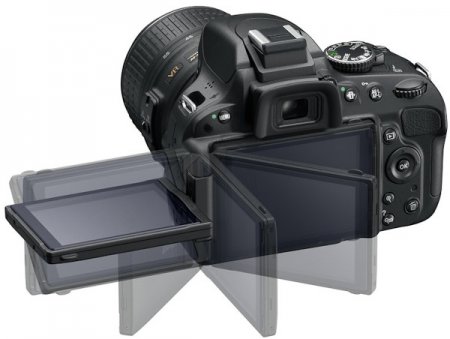

But I have high hopes now that it's going to work. Not well lol, but at least it was something.įurther testing, on better data but still with known rainbow ring issues, will require a lot of converting and restacking. And, unlike with the original, I was actually able to process it. I also used flats that were known to be in a very bad lossy zone, rather than the low and high zone flats I took later.
#ADOBE CAMERA RAW D5000 REGISTRATION#
I was using very poor data here, really just for quickie registration and to see if the files would stack and calibrate after being run through Mark's app: Only 30 minutes integration of a faint object like Cal Neb, with a zoom lens at 300mm, wide open f/5.6, meaning massive noise, vignetting, lossy compression rings, and the need for a really big stretch to see anything. I believe Mark's ring reduction worked as well, though that will require additional testing to truly prove and quantify it. This worked in both ASTAP and in DSS using ASTAP fits. So I started fiddling with the Bayer matrix pattern and eventually landed on GBRG.Ĭolors were in the right place, checkerboards and criss-cross gradients went away, all seems good. And why are the blue and red histograms perfectly overlapped into.purple!? Except just like the first night, I knew something seemed either doubled-up or transposed with the colors. Even ended up with some really strange criss-crossing gradient strips in the image, though I can't remember if that was with averaging or kappa sigma. Same wrong colors (though the fits did bring color into DSS finally, so a minor achievement there). Pretty much all the same, if not weirder. I used the ASTAP-converted fits files in DSS. I used the *.* loading of tiff flats and dark flats. I told ASTAP to use Libraw to convert, since that's what Mark used. I did a bunch of playing around tonight, without much success at first, in both stackers. I forgot that ASTAP littered the hard drive with all new fits files lol. Something to try after looking at the ASTAP stack. Inquiring minds want to know if those fits files can be used as input to DSS. I noticed that ASTAP is creating fits files from the tif inputs during the analysis phase. But it soon became apparent that the problem was more fundamental. This discovery came about because I was obtaining unexpected results from my own coding which I thought must be a bug I had introduced. So there is different processing going on in ACR and the DNG Convertor. But it's clear that Adobe is being inconsistent because using Adobe Camera Raw to open the NEF or the Adobe DNG file are not giving the same result. Now the original NEF file contains a compression table and it's quite possible that LibRaw and Adobe have a difference in interpretation of that table. This should not be happening because DNG is supposed to be a digital negative format suitable for archival. Whether I open them in PixInsight or Rawdigger (both of which use LibRaw) or whether I open them in Photoshop/CameraRaw there are significant differences between the NEF and the DNG. When opened in any raw convertor these should be identical. I had a bunch of Nikon D5300 NEFs which I converted to DNGs using the Adobe DNG Converter. Just as I thought we were beginning to understand this, something unexpected happened.


 0 kommentar(er)
0 kommentar(er)
